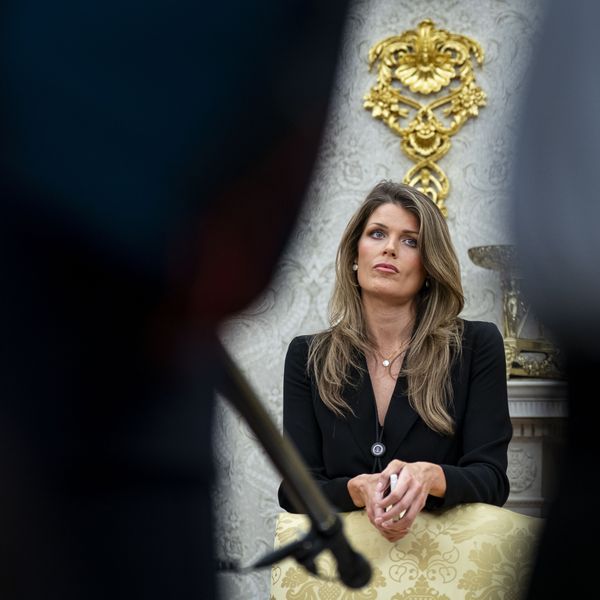David Goeßmann: The talks a few weeks ago between Russia and Ukraine in Istanbul came to nothing. What are the chances for peace?
Anatol Lieven: I see no prospect for an end to the war at present. Russia and Ukraine remain far apart on peace terms, and the Trump administration has not put forward a compromise proposal of its own. The Russian generals are reportedly telling Russian President Vladimir Putin that Ukraine will collapse by early next year, and Putin is willing to fight on, at least for a while. We will have to see what happens on the battlefield, and to the Russian economy.
David Goeßmann: What makes it so difficult to find a diplomatic solution for the Ukraine war?
Anatol Lieven: Ukraine will never legally recognize Russian sovereignty over the occupied territories, but cannot reconquer them. So a cease-fire will have to take place along the existing battle line, and the question of their legal status will have to be left for future negotiation—as Ukrainian President Volodymyr Zelenskyy proposed soon after the start of the war.
In my judgement, internal political factors make it impossible for the Ukrainian government to make a peace offer that Russia could accept—just as the French establishment could not make peace with the Communists in Vietnam long after the war there was clearly lost. The Europeans are far too divided to make a coherent joint proposal. So the initiative for peace will have to come from the U.S.
The only question is whether the U.S. can abandon it incrementally and peacefully, or if it goes down in blood and fire taking many other countries with it.
The European states will have to be consulted about the future of sanctions and the Russian assets in Europe that they have seized. But they are incapable of uniting behind a serious peace strategy.
David Goeßmann: In Europe and the U.S. it is feared that Russia will go beyond Ukraine and invade other European countries? Your take on that.
Anatol Lieven: Russian military capabilities and intentions vis a vis NATO have both been hugely exaggerated. Even hybrid moves (which are not "war") have so far been very small and in the nature of warnings not serious attacks. Russian nuclear bluster has been intended to deter NATO from intervening in Ukraine, not as the prelude to a Russian attack on NATO.
David Goeßmann: NATO has decided that each member state should spend 5% of its GDP on military and related infrastructure. How do you assess this unprecedented militarization?
Anatol Lieven: These figures are absurd. Five percent of E.U. GDP would be approximately $900 billion a year—as much as the U.S. and almost three times the military budgets of Russia and China put together. That is quite unnecessary, and impossible. This is an empty bribe to U.S. President Donald Trump to keep the U.S. committed to Europe, not a serious strategy.
David Goeßmann: The struggle for global primacy continues under Trump, see the bombing of Iran or the confrontation with China. Where are we heading?
Anatol Lieven: The desire for universal U.S. hegemony (also known as the "Wolfowitz Doctrine") is a megalomaniac project that cannot possibly be sustained for long. The only question is whether the U.S. can abandon it incrementally and peacefully, or if it goes down in blood and fire taking many other countries with it.
Among the nuclear-armed powers, we can hope that the fear of nuclear annihilation will stop them from going over the brink into war with each other. The example of India and Pakistan shows that Mutually Assured Destruction (MAD) can actually work—for without it, India would have invaded Pakistan long ago. But the liberal dream of a global "Democratic Peace" is dead as a nail, killed by Israel and the U.S. itself just as much as by Russia.





